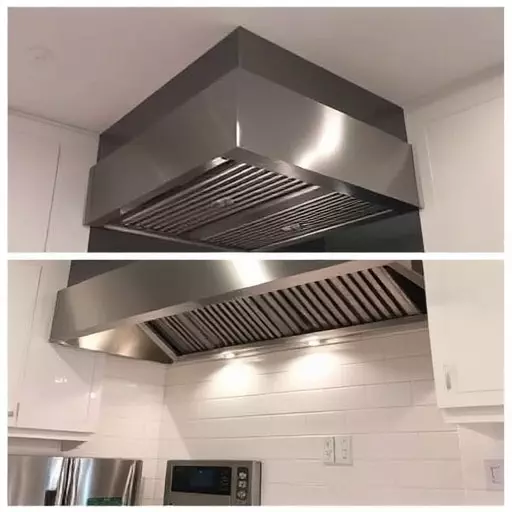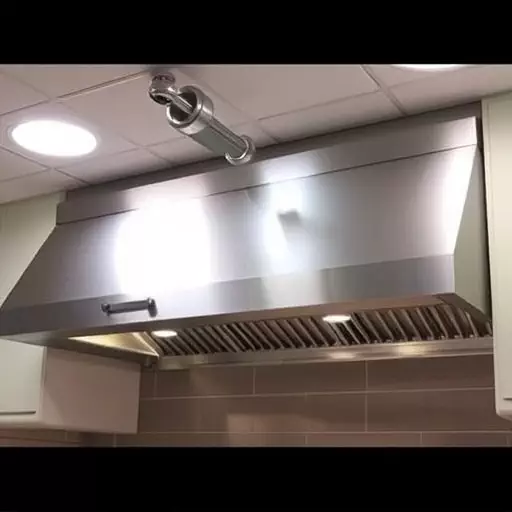Property owners and managers in Jacksonville, Florida, must prioritize kitchen suppression system (KSS) replacement for safety and compliance with local fire codes. Before upgrading, a thorough assessment by qualified professionals is crucial to inspect the existing system, replace worn or damaged components, and ensure enhanced fire protection, better ventilation, and improved energy efficiency. Upgrading to a kitchen hood suppression system demonstrates a commitment to quality and customer well-being while minimizing water damage and business disruptions. The meticulous process includes inspection, removal of the old system, installation of modern equipment, and thorough testing to optimize fire protection for commercial kitchens.
“Considering a kitchen suppression system replacement in Jacksonville? Understanding the process and benefits is key, especially with the potential impact on your business’s safety and efficiency. This article explores why upgrading to a fire suppression system is essential for any commercial kitchen. We delve into the detailed process of kitchen hood suppression system replacement and highlight the advantages of testing components before installation. Discover how these measures can enhance your kitchen’s safety and compliance, ensuring a seamless transition.”
- Understanding Kitchen Suppression System Replacement in Jacksonville
- Why Upgrade to a Fire Suppression System?
- The Process of Hood Suppression System Replacement
- Benefits and Considerations for Kitchen Suppression Component Testing Before Replacement
Understanding Kitchen Suppression System Replacement in Jacksonville
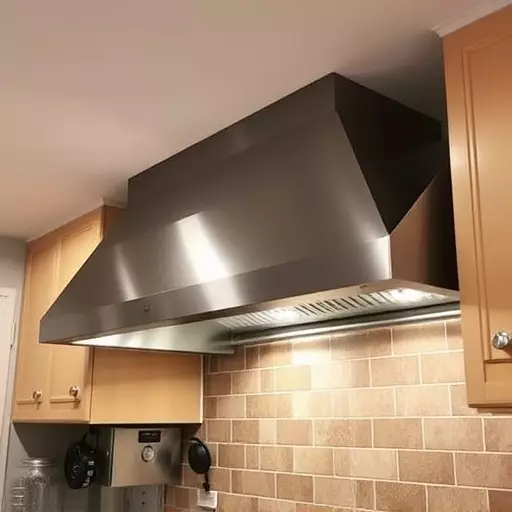
In Jacksonville, Florida, understanding the process of kitchen suppression system replacement is paramount for property owners and managers to ensure safety and compliance with local fire codes. A kitchen suppression system, often integrated with the ventilation system, plays a critical role in mitigating fires that may start in cooking areas. Over time, these systems can degrade, becoming less effective. Therefore, a thorough assessment by qualified professionals is essential before considering replacement, especially when aiming to upgrade to newer, more efficient models.
A fire suppression system upgrade involves several steps. Experts will first inspect the existing kitchen hood suppression system to identify any wear and tear or damage. This includes checking for corrosion, leaks, and proper functioning of the sprinkler heads and nozzles. Once identified, components that are beyond repair or no longer meet modern safety standards can be replaced. This process not only enhances fire protection but also ensures better ventilation, improving kitchen air quality and energy efficiency.
Why Upgrade to a Fire Suppression System?
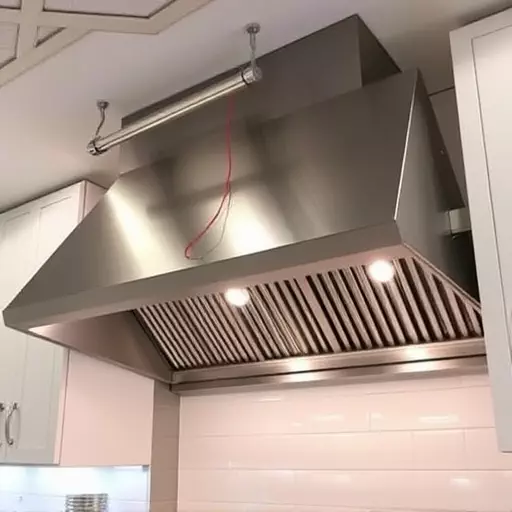
In many commercial kitchens across Jacksonville and beyond, the old-school approach to fire safety—reliant on traditional sprinkler systems—is giving way to a more sophisticated and targeted solution: kitchen suppression systems. This upgrade isn’t just about improved aesthetics or modern equipment; it’s a critical step toward enhancing food safety and protecting valuable assets. Traditional sprinklers often cause significant water damage, disrupt business operations, and can lead to costly repairs. In contrast, advanced suppression systems are designed to quickly and precisely extinguish fires in their early stages, minimising water damage and disruption.
A kitchen hood suppression system replacement is a strategic move for any establishment aiming to stay ahead of the curve in fire safety. These systems are tailored to the specific needs of commercial kitchens, providing swift and effective protection against the unique risks posed by cooking equipment. By investing in a fire suppression system upgrade, businesses can ensure faster response times, reduced downtime, and a safer environment for both employees and patrons. This proactive approach not only complies with modern safety standards but also demonstrates a commitment to quality and customer well-being, particularly in high-risk areas like kitchens.
The Process of Hood Suppression System Replacement
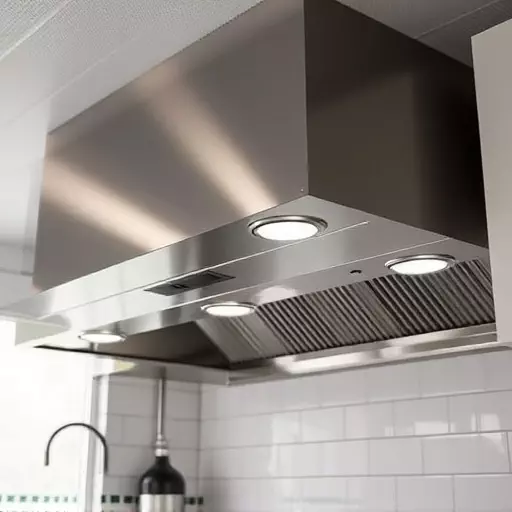
When it comes to kitchen suppression system replacement in Jacksonville, the process involves several careful steps to ensure safety and effectiveness. It starts with a thorough inspection to evaluate the current fire suppression system, identifying any outdated or faulty components that require an upgrade. This is crucial for maintaining optimal performance and reliability in case of a fire emergency.
Next, professionals carefully remove the existing hood suppression system, taking note of its layout and connections. This includes replacing aging or damaged parts with new, compliant equipment. Once the old system is removed, the installation of a modern kitchen hood suppression system begins, featuring advanced technology for faster response times and enhanced protection against fires in commercial kitchens.
Benefits and Considerations for Kitchen Suppression Component Testing Before Replacement

Before replacing a kitchen suppression component or undertaking a fire suppression system upgrade, thorough testing is essential. This meticulous process offers several advantages. Firstly, it ensures the functionality of the new system, confirming it meets the required safety standards and regulations, particularly for businesses in Jacksonville where strict guidelines exist for kitchen fire suppression systems. Testing also allows for the identification of any potential issues or incompatibilities early on, preventing costly mistakes and ensuring a seamless replacement process.
Considerations during this phase are crucial. It involves evaluating the current system’s performance, compatibility with new models, and assessing the overall effectiveness of the upgrade. This comprehensive approach guarantees that the kitchen hood suppression system replacement not only complies with safety protocols but also optimizes fire protection for the culinary environment it serves.

